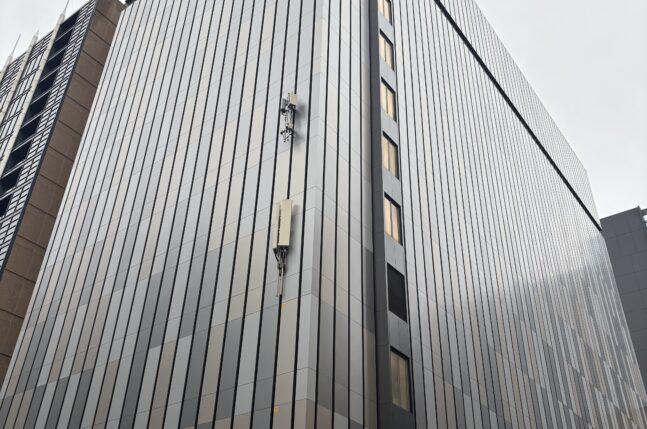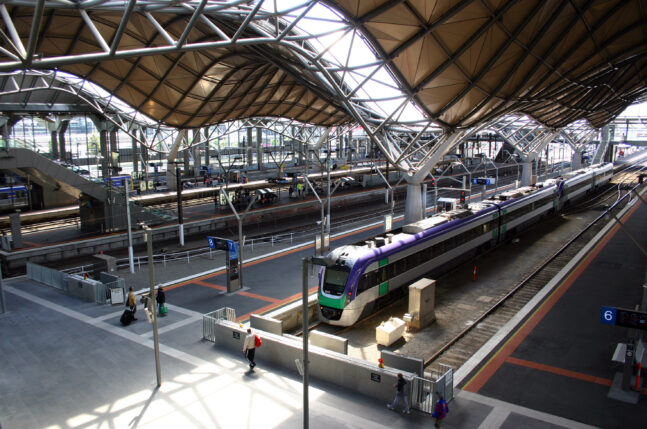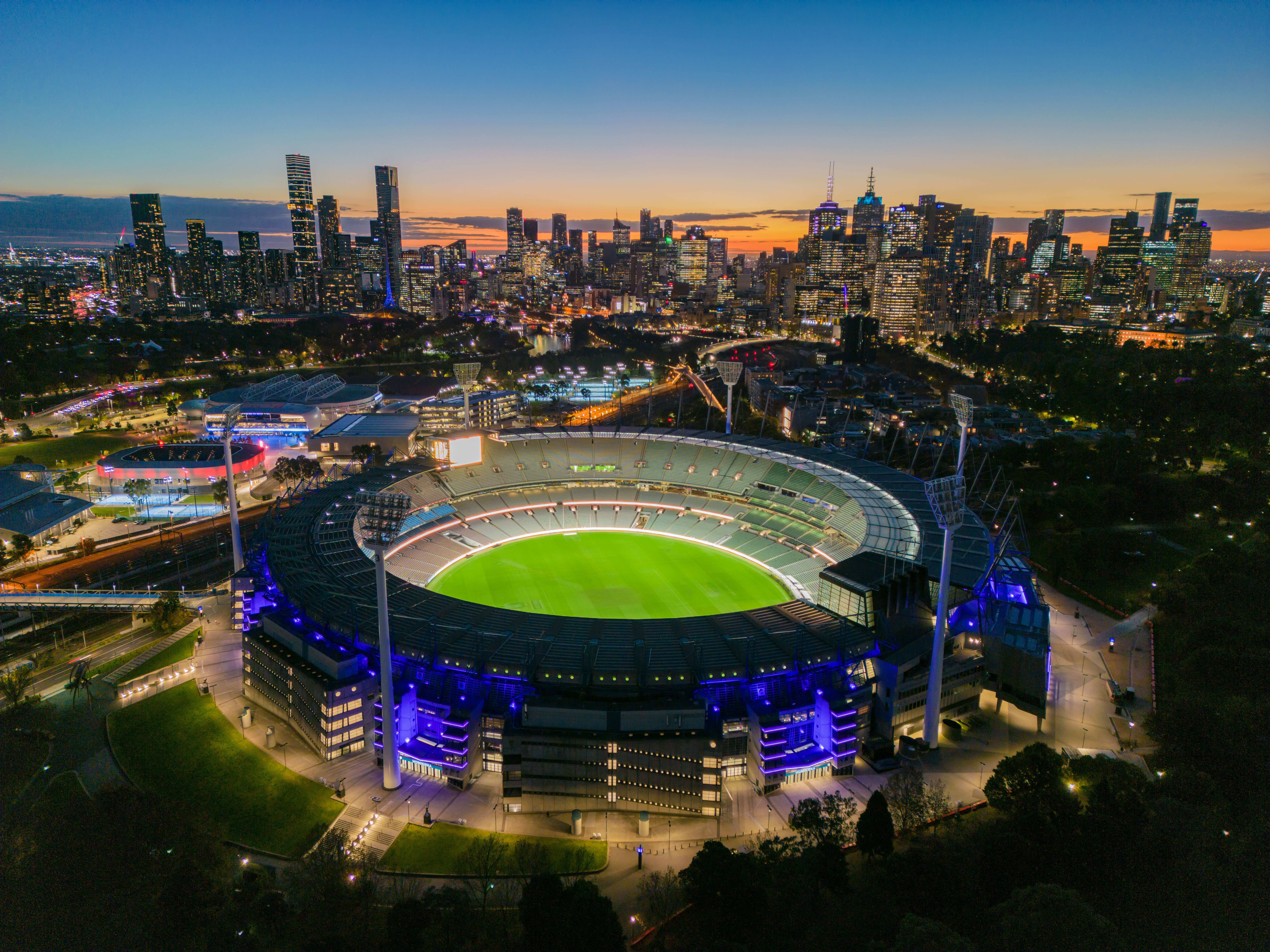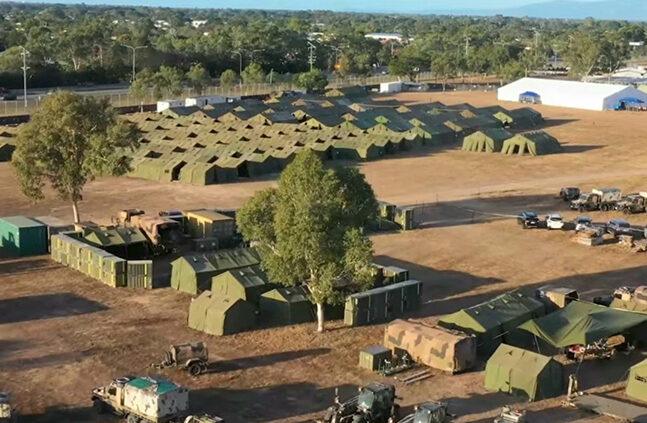Project
Chilled Water Infrastructure Upgrade
Key Challenges
- Staging & Coordination – The project had to align with the Grattan Street upgrade, requiring careful scheduling to avoid disruptions.
- Complex Installation Logistics – Delivering and installing a new chiller into the underground plant room required meticulous planning.
- Ensuring System Reliability – Upgrading an existing 1000kW centrifugal chiller while maintaining continuous hospital operations.
Outcomes
Fully operational chilled water system using advanced technology
Zero disruption to hospital operations during installation
Enhanced system reliability and efficiency, futureproofing cooling capacity
The Client
The Royal Melbourne Hospital (RMH) was founded in 1848 as Victoria’s first public hospital and has grown into one of Australia’s largest and most comprehensive healthcare providers.
RMH offers specialist medical, surgical, and mental health services, as well as rehabilitation, aged care, specialist clinics, and community programs. With a workforce of 11,000, RMH is recognised for its world-class healthcare and dedication to community wellbeing.
AE Smith has maintained a 15-year partnership with RMH, playing a critical role in upgrading HVAC infrastructure to enhance efficiency, reliability, and patient comfort across the hospital’s facilities.
What we achieved with our customer
AE Smith worked closely with RMH to deliver a highly coordinated and technically complex upgrade. A critical factor in the project’s success was precise staging to align with the Grattan Street upgrade, ensuring seamless execution without impacting hospital operations.
The Royal Melbourne Hospital Chilled Water Infrastructure Upgrade is a long-term project aimed at enhancing the hospital’s cooling capacity, efficiency, and system redundancy. Initially commenced in 2003, the project involved constructing underground tunnels to house essential infrastructure in a ring main arrangement.
This configuration ensures: Redundant pathways for service continuity in case of failure. Optimised operation of the most efficient plant available.
- Redundant pathways for service continuity in case of failure.
- Reliable supply to all buildings across the RMH campus.
- Optimised operation of the most efficient plant available.
- Improved energy efficiency and sustainability.
As part of the hospital’s site master plan, the chilled water capacity has been progressively increased through upgrades to two central plant nodes: the John Cade Building and the Clinical Services (1B) Building. Due to increasing cooling demands from new and refurbished areas, the 1B Building plant node required an existing 1000kW centrifugal chiller to be removed and replaced with a new system to enhance reliability and capacity.
Installing the new chiller presented significant logistical challenges, particularly due to the underground plant room’s confined space. AE Smith’s engineering team developed a detailed plan incorporating precision crane operations and meticulous staging to ensure safe and efficient delivery.
Additionally, AE Smith collaborated with RMH’s infrastructure team to synchronise activities, avoiding any disruptions to hospital services. This proactive coordination guaranteed uninterrupted patient care while future-proofing the hospital’s cooling capacity with cutting-edge technology.




